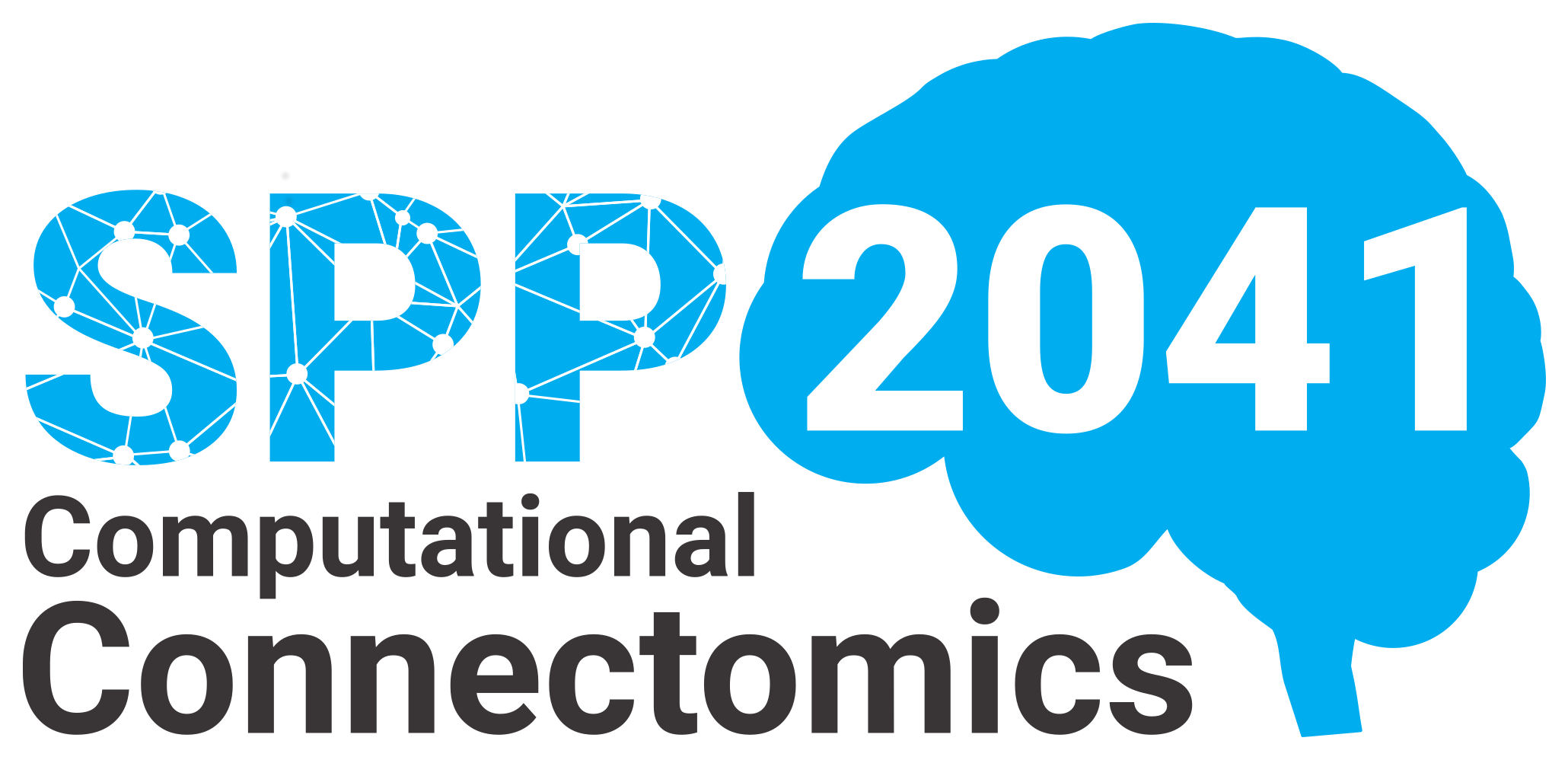Computational connectomics of the cockroach circadian clock
In the context of the priority programme SPP 2041 we want to unravel the connectomics of the circadian clock in the large Madeira cockroach, an ancient insect order, well suited to cellular, physiological analysis. Focus lies on the neuroanatomical and functional connections of neuropeptidergic pacemaker neurons of the circadian clock that control sleep-wake cycles. Neuropeptides are abundant in brains of vertebrates and invertebrates alike. While studies in invertebrates suggest that neuropeptides can reconfigure widely distributed brain circuits to accommodate physiological/behavioral contexts, the mechanisms they employ are mostly unknown. Previously, we found that neuropeptide application to an excised insect circadian clock circuit recruits an ensemble of phase-synchronized pacemaker neurons that fire spontaneously in the gamma-frequency range (~40 Hz). Since this is reminiscent of gamma-band synchronization in the mammalian brain it is likely that insects employ similar principles of information encoding as found in mammals. Here, we want to study the neuronal network of the circadian clock that controls sleep/wake –cycles. It will provide interesting insights into evolutionary changes of a very basic brain circuit if compared to the evolutionary young insect Drosophila melanogaster and the highly evolved human brain. It is not yet understood why circadian clock neurons contain so many colocalized neuropeptides. The functions and the connectomics of neuropeptidergic neurons in the circadian clock neuronal circuits are also not well known. We developed a new hypothesis for the connectomics of circadian clock neurons expressing colocalized neuropeptides such as the insect circadian coupling factors pigment-dispersing factor (PDF) and FMRFamides. This new hypothesis should be challenged here with experimental and quantitative computational modeling approaches in the circadian pacemaker center of the Madeira cockroach.
Principal Investigators
Professor Dr. Hanspeter Herzel
Charité – Universitätsmedizin Berlin
Campus Charité Mitte (CCM)
Professorin Dr. Monika Stengl
Universität Kassel
Institut für Biologie
Abteilung Tierphysiologie
